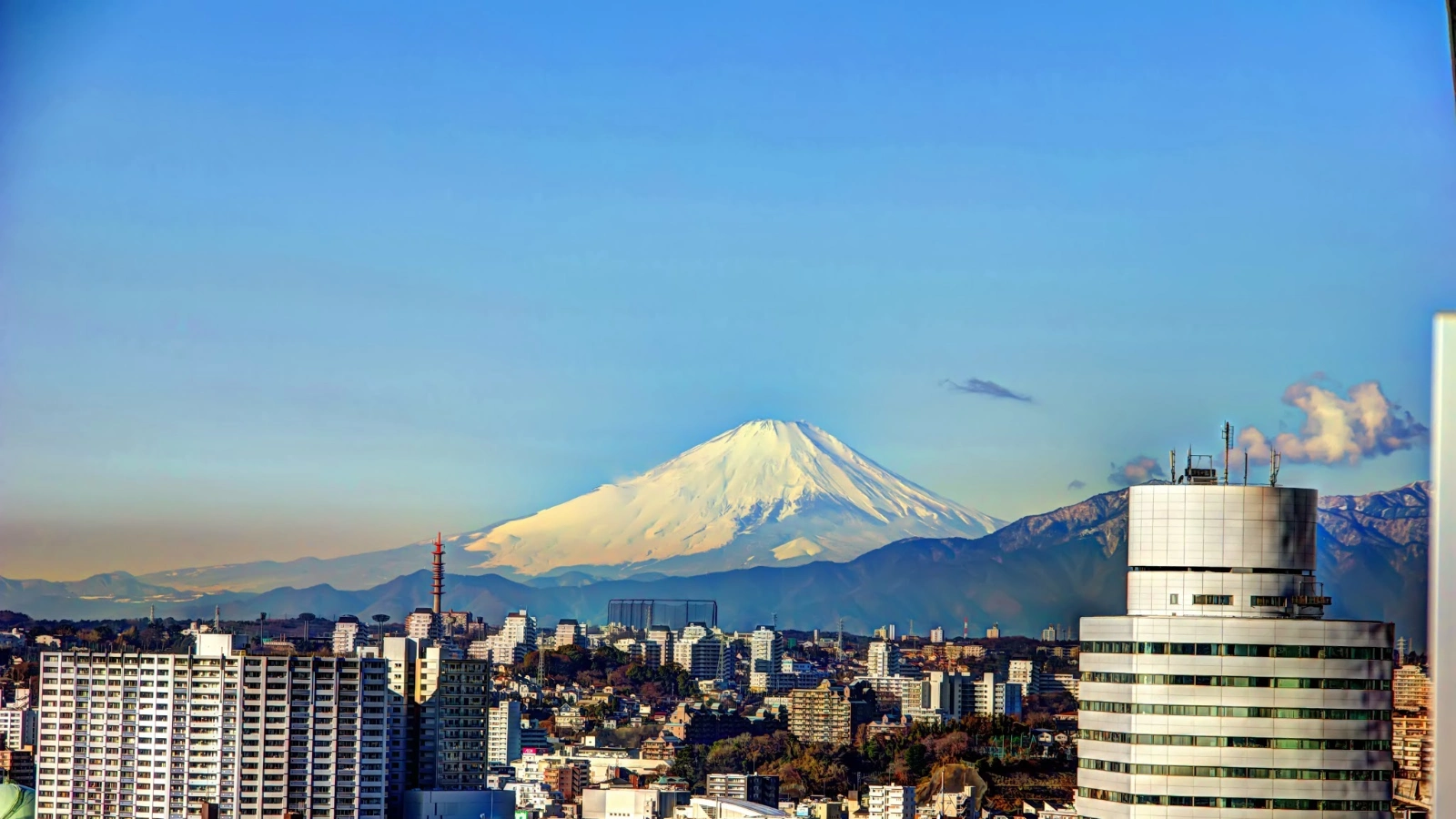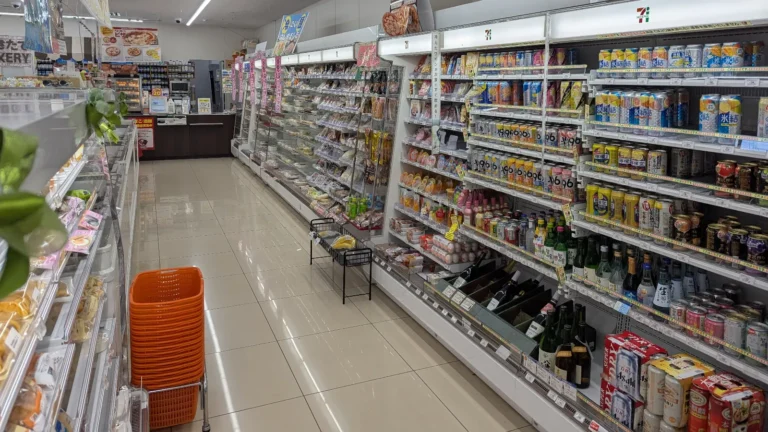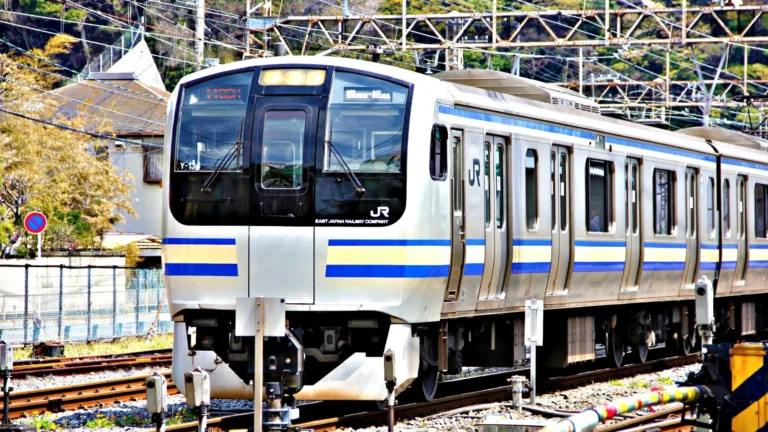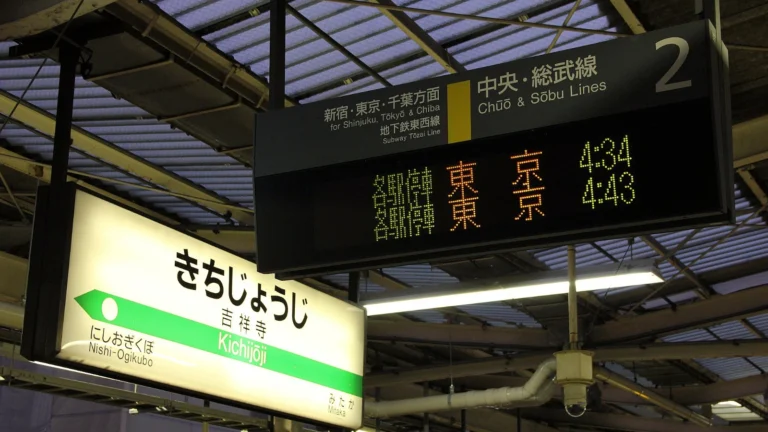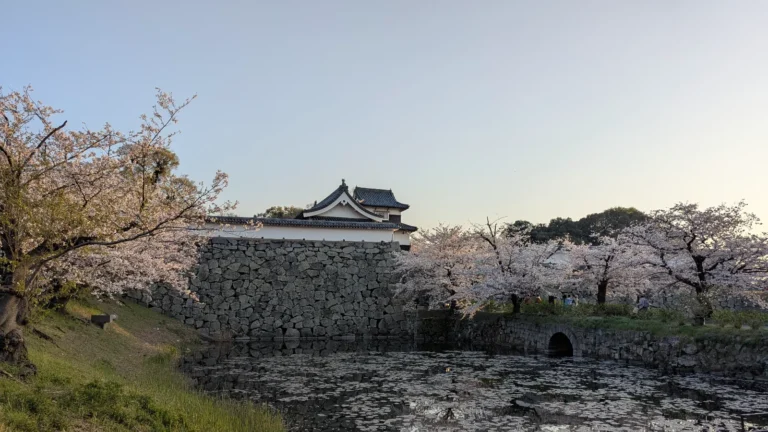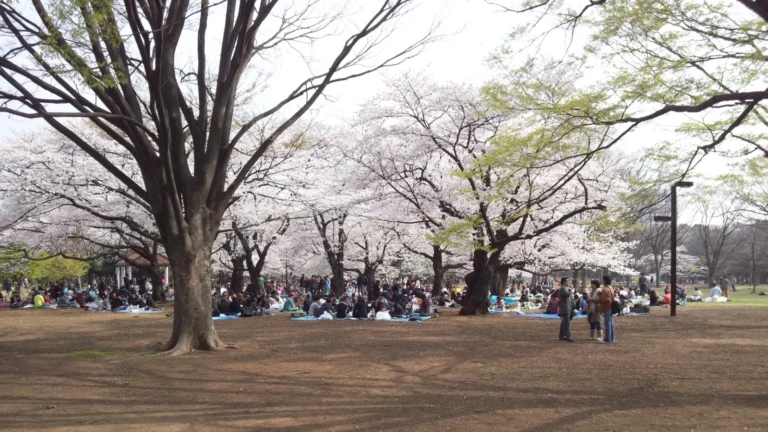Planning a Trip to Japan: A JOTM Guide
There’s a moment before every journey, a quiet, electric pause when possibility stretches out before you. If you’re planning a trip to Japan, especially if you’re wondering how to plan a trip for the first time, the questions can feel as wide as the country itself: where to start, what to see, and how to craft an itinerary that feels your own. This guide gathers together trusted Japan travel tips and gentle direction, helping you turn inspiration into a journey, whether you’re mapping your first Japan itinerary or simply searching for the confidence to take that first step. Here, you’ll find clarity, encouragement, and the subtle wisdom that defines JOTM.
Select links in this guide are affiliate links. They help sustain this space… allowing us to share more, with less dependence on advertising.
*Prices are subject to change.
Where to Start Your Japan Itinerary: Tokyo, Kyoto, Osaka, or Beyond?
Japan offers a world of contrasts, urban energy, tranquil villages, islands, mountains, and coast. For most travelers, the journey starts with a choice: Tokyo, Kyoto, Osaka, or somewhere further afield.
- Tokyo is vibrant, endlessly layered, and always in motion. The city dazzles with its mix of tradition and innovation, perfect for first-timers seeking iconic sights and modern culture.
- Kyoto is Japan distilled: lantern-lit alleys, ancient temples, slow mornings in mossy gardens. Ideal for travelers craving depth, history, and quiet beauty.
- Osaka brings energy, warmth, and some of the country’s best food. It’s a city for the sociable and the adventurous, a gateway to Kansai and beyond.
- Other Regions: Hokkaido offers wild landscapes and snowy escapes; Kyushu brims with onsen and volcanic terrain; Shikoku and Chugoku reveal pilgrimage routes and timeless towns.
Decision Points:
- City buzz or rural stillness?
- Famous sites or hidden corners?
- Food, culture, nature, or all of it, in your own rhythm?
Explore our Tokyo, Kyoto, or Osaka guide for a detailed comparison of these three iconic cities.
Best Time to Visit Japan: Seasons, Weather, and Festivals Explained
Japan’s four seasons each bring their own magic:
- Spring (March–May): Cherry blossoms, mild weather, lively festivals, and a sense of renewal. Crowds are high during peak sakura, but it’s an iconic time to visit.
- Summer (June–August): Lush greenery, vibrant festivals (matsuri), and fireworks. Humid in the cities; cooler in the mountains and north.
- Autumn (September–November): Brilliant foliage, comfortable days, crisp nights. Temples and parks glow with color, especially in Kyoto and Nikko.
- Winter (December–February): Quiet temples, onsen escapes, powder snow in Hokkaido and the Japan Alps. Fewer crowds, cozy ryokan stays, and illuminating festivals.
JOTM Tip: Festivals are found year-round, from Gion Matsuri in Kyoto (July) to Sapporo’s Snow Festival (February). Off-season visits bring quieter beauty and better value.
Our Best Time to Visit Japan guide unpacks each season, so you can choose the moment that fits your journey.
How Long to Spend in Japan and How to Plan Your Travel Route
How much time do you have? Most travelers spend 7–14 days in Japan.
- 7 Days: Focus on two main regions (Tokyo + Kyoto/Osaka is classic) or explore a single area in depth.
- 10–14 Days: Add a rural stay, an island, or a timeless village. Travel by shinkansen keeps distances short.
- Longer Stays: Consider slow travel, stay in one city, then spend days wandering further out: a hidden peninsula, mountain village, or island community.
Questions to Guide You:
- Do you want to see as much as possible, or linger longer in fewer places?
- Would a festival, a hike, or a day at the seaside change your trip?
- How do you want to feel at the end, rested, inspired, surprised?
Top Places to Visit in Japan: Cities, Villages, and Hidden Escapes
Tokyo Highlights: From Temples to Trendy Streets
- Explore Shibuya’s buzz, Asakusa’s temple streets, Tsukiji’s markets, and Yanaka’s old-town calm. Day trips to Nikko, Kamakura, or the Izu Peninsula reveal more layers.
Kyoto Highlights: Temples, Tea Houses, and Timeless Paths
- Wander the Philosopher’s Path, glimpse geisha in Gion, visit Kiyomizu-dera at sunrise, or sip matcha in a hidden tea house. Arashiyama’s bamboo groves and Fushimi Inari’s torii tunnels offer moments apart from the crowds.
Osaka Highlights: Street Food, Castles, and Lively Energy
- Dive into Dotonbori’s neon maze, snack on takoyaki, climb Osaka Castle, and discover the cozy alleys of Nakazakicho. Day trips to Nara and Kobe are close at hand.
Timeless Villages and Islands Off the Beaten Path
- Shirakawa-go: Gassho-zukuri farmhouses, river mists, and slow rhythms.
- Naoshima: Art islands where architecture, nature, and creativity meet.
- Kiso Valley: Ancient post towns, forested trails, and Edo-period charm.
- Yakushima: Moss forests, waterfalls, and the scent of rain on cedar.
- Unzen & Kyushu’s Hidden Onsen Towns: Steam rising in quiet streets, deep history, and volcanic landscapes.
Find inspiration for many places in our JOTM Journeys; every destination is a chapter in your own story.
How to Travel Around Japan: Trains, Passes, and Local Transport Tips
Japan Rail Pass and IC Cards: What You Need to Know
- The Japan Rail Pass covers shinkansen and major lines; regional passes suit shorter stays or focused trips.
- Local trains and subway networks are efficient and user-friendly.
- IC cards (Suica, PASMO, ICOCA, Kitaca) make transit seamless across most cities.
- Our Japan Rail Pass guide walks you through ticket types, routes, and when it makes sense to buy one.
Regional Transport: Subways, Ferries, and Buses
- Long-distance buses connect regions affordably.
- Domestic flights are efficient for longer routes (Tokyo–Sapporo, Osaka–Okinawa).
- Ferries link islands; car rentals are ideal for rural exploration but not city driving.
- For a full breakdown of Japan’s train systems, IC cards, and travel options, see our How to Get Around Japan guide.
Getting Around Light: Luggage Services in Japan
- Let you travel light, send bags ahead for a day or two. Details here for Tokyo, and Osaka/Kyoto.
Where to Stay in Japan: Ryokan, Hotels, and Unique Accommodations
Hotels and Boutique Stays in Japan’s Cities
- Urban luxury in Tokyo’s Midtown or Kyoto’s riverside.
- Boutique hotels in old machiya townhouses, design-focused, quiet, and close to culture.
Traditional Ryokan: Hot Springs and Kaiseki Cuisine
- Experience Japanese hospitality: tatami rooms, futons, seasonal kaiseki dinners, and hot-spring baths.
Unusual Stays: Temple Lodging, Art Inns, and Nature Retreats
- Temple lodging (shukubo), art-house minpaku, or mountain retreats with forest views.
Each JOTM hotel or ryokan recommendation is chosen for atmosphere, story, and a true sense of place. See our curated picks for Tokyo, Kyoto, and Osaka.
What to Know Before Visiting Japan: Etiquette, Safety, and Practical Tips
Cultural Etiquette in Japan: Dos and Don’ts
- Remove shoes indoors, especially in homes and ryokan.
- Silence is respected in public spaces: phones to silent, voices low, phone calls are discouraged.
- Tipping is not necessary.
- Bowing is a common greeting and sign of respect.
- Eating or drinking while walking is generally discouraged, except at festivals or street food markets.
- Tattoos may be an issue at some onsen and pools, cover them or look for tattoo-friendly establishments.
- Onsen etiquette: Wash thoroughly before entering, don’t bring towels into the water, and keep noise to a minimum.
Money, SIM Cards, and Language Tips
- Japan is cash-based in many places, but cards are accepted in most urban areas.
- ATMs: Found in post offices, 7-Eleven, and airports.
- SIM cards, eSIMs, and pocket WiFi are easy to rent for visitors.
- Basic English is spoken in tourist spots; learning a few Japanese phrases is appreciated.
- Power adapters: Japan uses Type A/B plugs and 100V voltage; check your devices before traveling.
Health, Safety, and Travel Insurance in Japan
- Visa requirements: Most travelers from E.U., North America, Australia, and parts of Asia do not need a visa for short stays, but always check the latest rules before travel.
- Japan is among the world’s safest countries for solo, family, and group travel.
- Travel insurance is recommended for health and peace of mind.
- Essential medications (with prescription), and allergy or personal care items you may not find in Japan. Read this for medication awareness.
- Emergency numbers: Police 110, Ambulance/Fire 119.
- Tap water is safe; pharmacies are widely available.
- Public trash cans are rare, carry a small bag for your own rubbish.
- Many public restrooms don’t offer paper towels; a small hand towel is useful.
See our Essential Tips for Traveling Japan on a Budget guide for smart strategies and insider advice.
What to Eat in Japan: Food Culture, Restaurants, and Local Tips
- From sushi counters to street stalls: Try ramen in a tiny alley, wagyu in a quiet steakhouse, tempura by the river, or okonomiyaki sizzling in Osaka.
- Izakaya: Tapas-style pubs for small plates and local drinks.
- Kaiseki: Seasonal tasting menus, book ahead for the best.
- Vegetarian and allergy-friendly: Options are growing, but check ahead. Convenience stores and department store basements (depachika) offer surprising variety for every palate.
Japan Itinerary Examples: First-Time and Slow Travel Options
10-Day Japan Itinerary for First-Time Visitors
- Day 1–3: Tokyo (city, day trip)
- Day 4–6: Kyoto (temples, Gion, Fushimi Inari)
- Day 7-8: Osaka (food, late nights)
- Day 9–10: Rural or island escape (Naoshima, Kiso, Hakone, etc.)
Slow Travel Itinerary: Deep-Dive in One Region
- Stay in Kyoto or Kanazawa for a week: Use as a base to explore countryside and coast at a relaxed pace.
- Add a timeless village or hot-spring town for immersion, quiet, and unexpected discoveries.
Let your journey unfold, these frameworks are inspiration, not prescription.
JOTM’s Japan Travel Checklist: What to Do Before Your Trip
- Check your passport and visa requirements.
Most travelers can visit Japan visa-free for short stays, but always confirm the latest rules for your country. - Book flights and accommodations early.
Secure your key reservations, especially during peak travel seasons. - Reserve your Japan Rail Pass or transport cards.
Order any rail passes or IC cards before arrival, if needed for your itinerary. - Arrange travel insurance.
Choose a policy that covers medical care, trip changes, and valuables. - Prepare cash and credit cards.
Bring yen and an international credit card; ATMs are reliable, but not all places accept cards. - Pack seasonally appropriate clothing.
Check the forecast and bring layers; don’t forget a small hand towel and power adapter (Type A/B, 100V). - Organize essential medications and prescriptions.
Bring enough for your stay, with copies of any necessary documentation. - Download helpful apps.
Maps, translation, and train apps make travel smoother. - Review Japanese etiquette basics.
Brush up on customs, removing shoes, bowing, and quiet public manners help you blend in. - Note emergency numbers.
Police: 110, Ambulance/Fire: 119.
FAQs about Planning a Trip to Japan: A Few Last Things Before You Go
If you’re planning a trip to Japan, these frequently asked questions cover everything from travel costs and safety to local etiquette and essential travel tips.
A: A typical trip to Japan costs ¥15,000–¥25,000 per person per day for mid-range travel, including hotels, food, and local transport. Budget travelers can spend less, while luxury trips will cost more.
A: No, you do not need to speak Japanese to travel in Japan, especially in major cities where English is common. However, learning basic Japanese phrases or using translation apps can help, especially in rural areas.
A: Yes, Japan is considered one of the safest countries for solo travelers and families, known for its cleanliness, low crime rates, and helpful locals.
A: Credit cards are widely accepted at hotels, major restaurants, and department stores in Japan. However, it is recommended to carry cash for smaller shops, local eateries, and in rural areas where cards may not be accepted.
A: : For first-time visitors to Japan, the must-see places typically include:
– Tokyo: For vibrant city life, iconic landmarks, and modern culture.
– Kyoto: To experience ancient temples, traditional gardens, and historical charm.
– Osaka: Known for its lively food scene, nightlife, and friendly atmosphere.
Optional Addition (for deeper experience): A rural destination like Hakone (scenic nature near Tokyo) or Naoshima (art island).
A: Allergy-friendly and vegetarian food options are increasingly available in Japan, especially in major cities. Always check menus and inform restaurant staff about dietary needs.
A: When visiting shrines and temples in Japan, bow at the entrance, wash your hands at the purification basin, stay quiet, and follow posted signs for prayer and photography.
A: No, tipping is not expected in Japan; service charges are included in your bill, and leaving a tip is not customary.
A: If you’re planning a trip to Japan for the first time, focus on the basics: choose your main destinations, decide on your travel dates, book accommodations early, and learn essential Japanese etiquette. Research transportation options and always have some cash on hand, as not all places accept credit cards.
A: Planning a trip to Japan in December means cooler weather, festive illuminations, and fewer crowds at many sights. Pack warm clothing, as temperatures can drop, especially in northern regions. December is also a great time for onsen visits and holiday markets, but book early if traveling during New Year’s.
A: Yes, a Japan pre-travel checklist should include: checking passport and visa requirements, booking flights and accommodations, purchasing travel insurance, planning your itinerary, preparing currency and credit cards, reserving rail passes, and packing seasonally appropriate clothing.
A: To plan a trip to Japan on your own, start by researching destinations and activities, setting a budget, and choosing your travel dates. Book accommodations and transportation in advance, and use online resources to create a flexible itinerary. Learn a few Japanese phrases and review cultural etiquette for a smooth journey.
A: What you pack for Japan depends on the season:
– Spring (March–May): Light layers, a jacket, umbrella for rain.
– Summer (June–August): Breathable clothing, sun protection, rain gear for rainy season.
– Autumn (September–November): Warm layers, light sweater or jacket.
– Winter (December–February): Warm coat, scarves, gloves, thermal layers, especially in northern Japan.
Always bring comfortable shoes and a small hand towel year-round.

